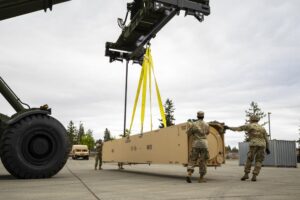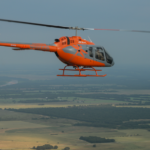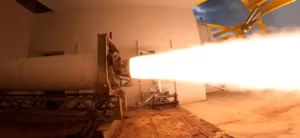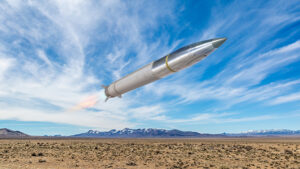
The Army unit set to operate the service’s first prototype hypersonic weapon battery will begin receiving live hypersonic missile rounds a year from now, according to the program’s lead official. Lt. Gen. Neil Thurgood, director of the Army’s Rapid Capabilities and Critical Technologies, told reporters deliveries of the live rounds to provide the unit “a basic load” of missiles will be completed by the end of FY ‘23 to meet the service’s target date to field the first Long Range…

 By
By 











